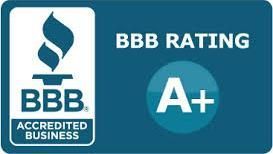Servicing You 24/7
Winterizing Your Home: Essential Tips for Safe Plumbing
As the leaves turn and the air grows crisp, it's a clear sign that winter is on its way. Preparing your home for the colder months is not just about keeping it warm and cozy; it's crucial for preventing costly damages and ensuring your family's safety. Here are essential tips for winterizing your home, ensuring you stay snug and secure throughout the frosty season.
1. Insulate Exposed Pipes
The plummeting temperatures of winter pose a significant risk to exposed pipes, which can freeze and burst, leading to expensive repairs. Insulating these pipes is a proactive step towards safeguarding your home against water damage. Use foam pipe insulation to cover any pipes in areas like the attic, basement, and outside walls. This simple measure can save you from the hassle and expense of burst pipes.
2. Let Faucets Drip on Freezing Nights
When the mercury drops below freezing, even a slight trickle of water through your faucets can prevent ice from forming in your pipes. This small flow keeps water moving, making it much less likely to freeze and cause a pipe to burst. It's a simple trick that can save you a lot of trouble.
3. Drain and Store Outdoor Hoses
Outdoor hoses are vulnerable to freezing temperatures, which can damage the hose itself and potentially lead to problems with your home's plumbing. Before the first freeze, drain your hoses, disconnect them, and store them indoors. This not only extends the life of your hoses but also protects your indoor plumbing from freezing and bursting.
4. Seal Gaps and Cracks
Cold air can find its way into your home through gaps and cracks in the exterior, leading to increased heating costs and a chilly living environment. Before winter sets in, inspect your home's exterior and use caulk or weather stripping to seal these breaches. This effort not only keeps your home warmer but also protects your pipes from the cold.
5. Check Your Heating System
A well-functioning heating system is essential for a comfortable and safe home during winter. Have your heating system inspected and serviced by a professional to ensure it's in optimal working condition. This checkup can prevent unexpected failures, ensuring your home stays warm and that the pipes, especially those in walls and ceilings, don't freeze.
6. Service Your Water Heater
Your water heater works harder during winter, supplying the warm showers that are especially appreciated on cold days. Servicing your water heater before the season begins can ensure it operates efficiently and reliably all winter long, providing you with hot water when you need it most.
7. Know Your Main Water Shut-Off Valve's Location
In the unfortunate event of a pipe bursting, quickly shutting off your home's main water supply can mitigate damage. Make sure every family member knows where the main shut-off valve is located and how to turn it off. This knowledge is crucial in preventing extensive water damage in emergencies.
By following these steps, you can significantly reduce the risk of winter-related damages to your home, ensuring it remains a warm, safe haven for your family. Winterizing your home is a proactive approach to comfort, safety, and peace of mind, allowing you to enjoy the beauty of the season without worry.
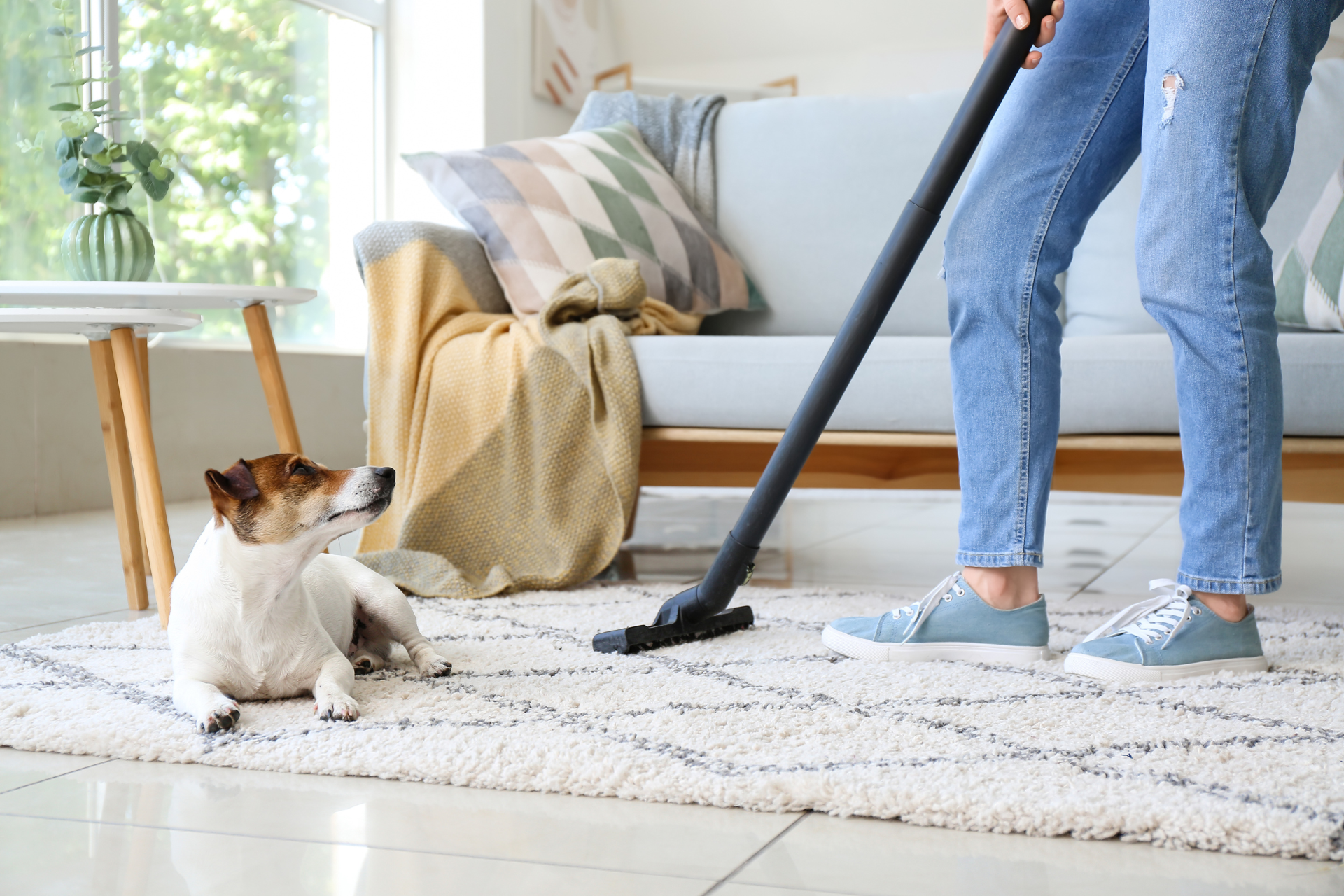
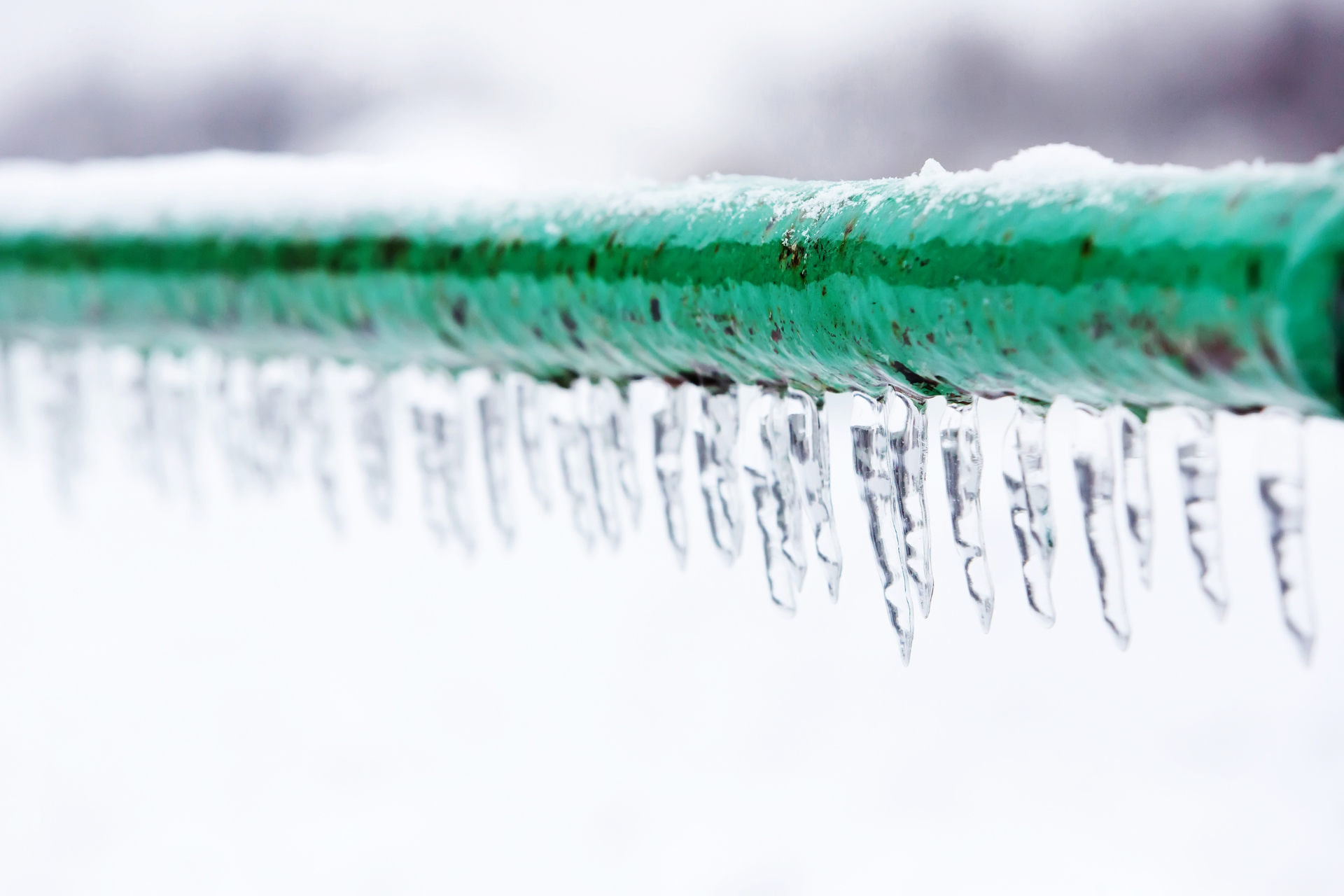

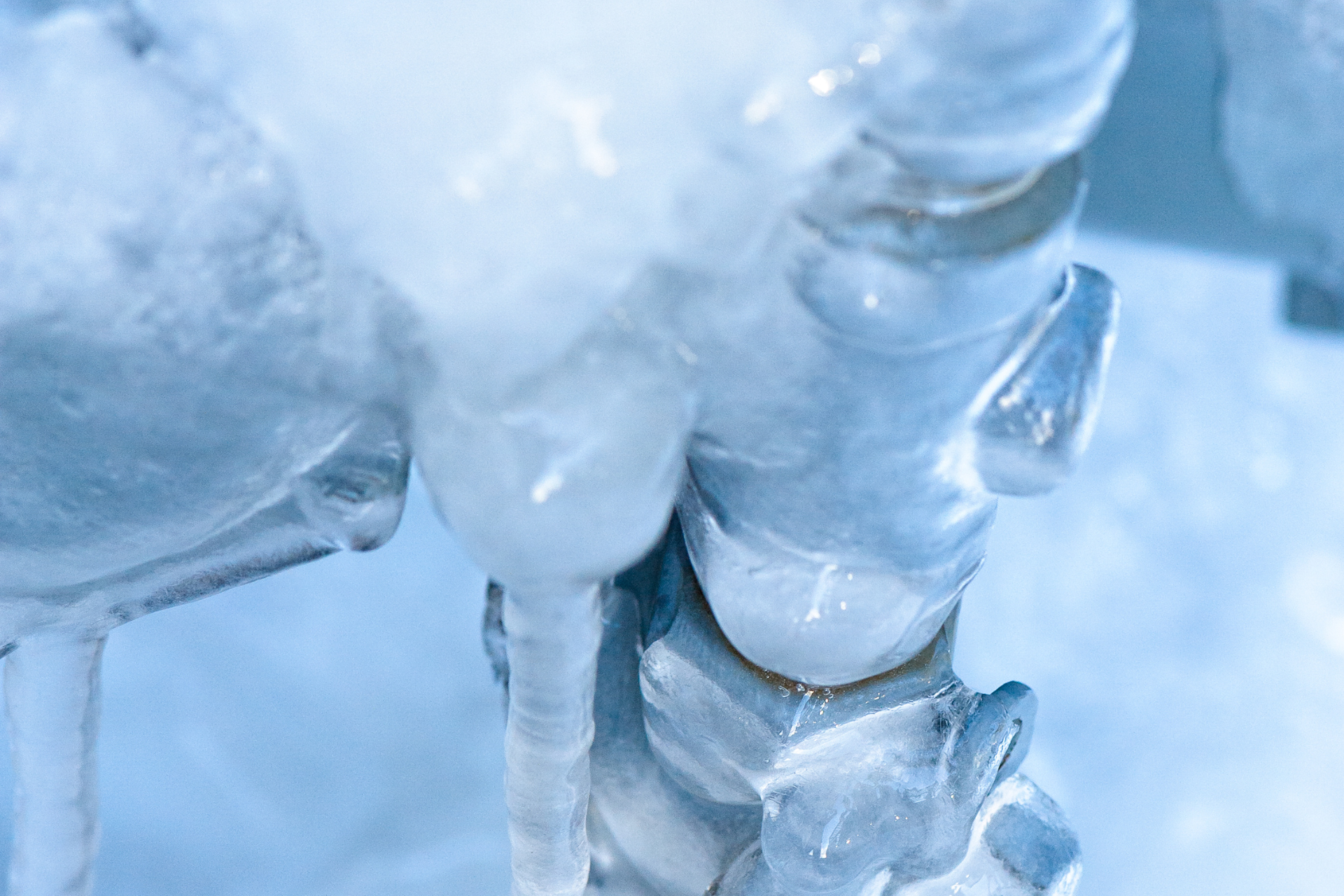
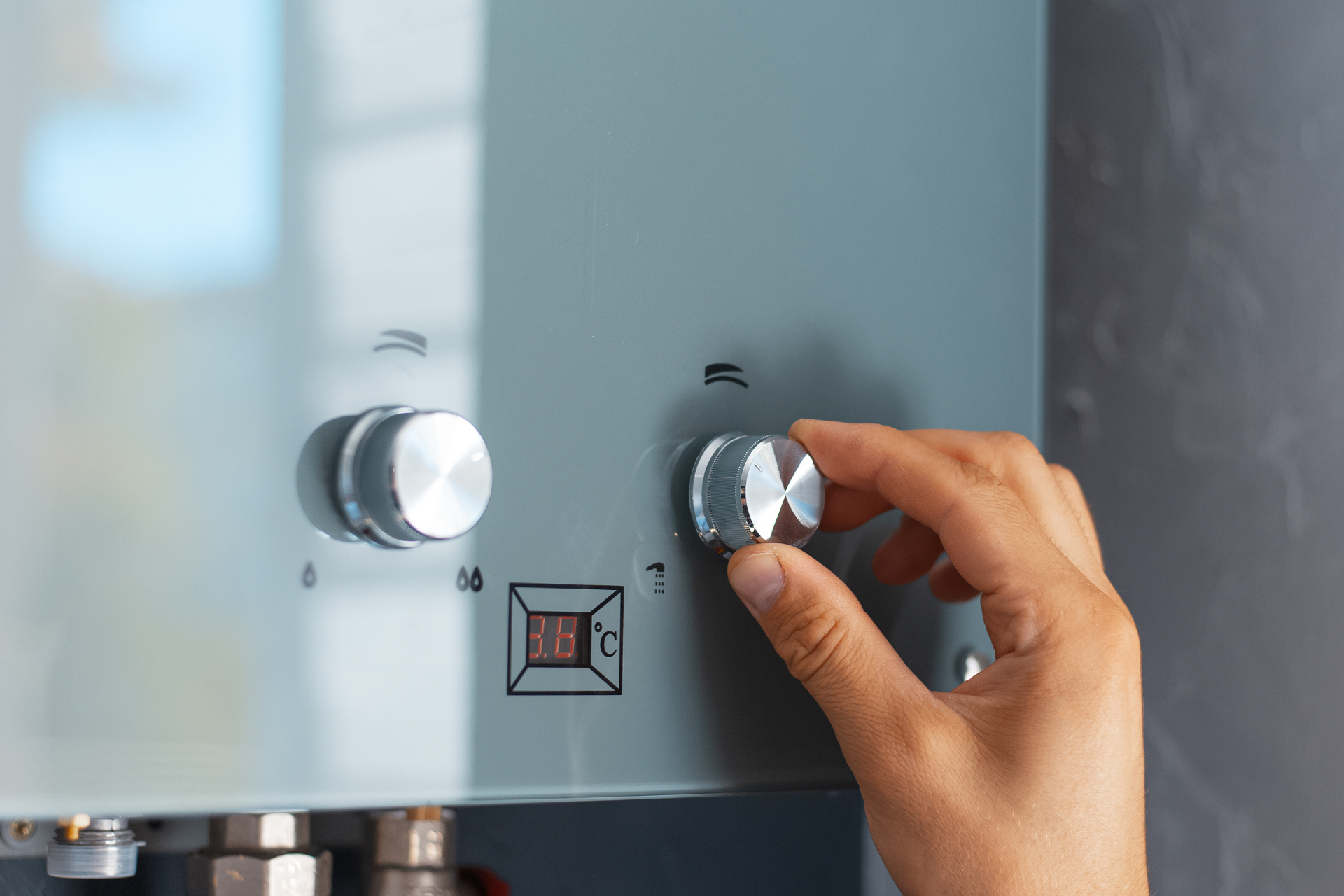
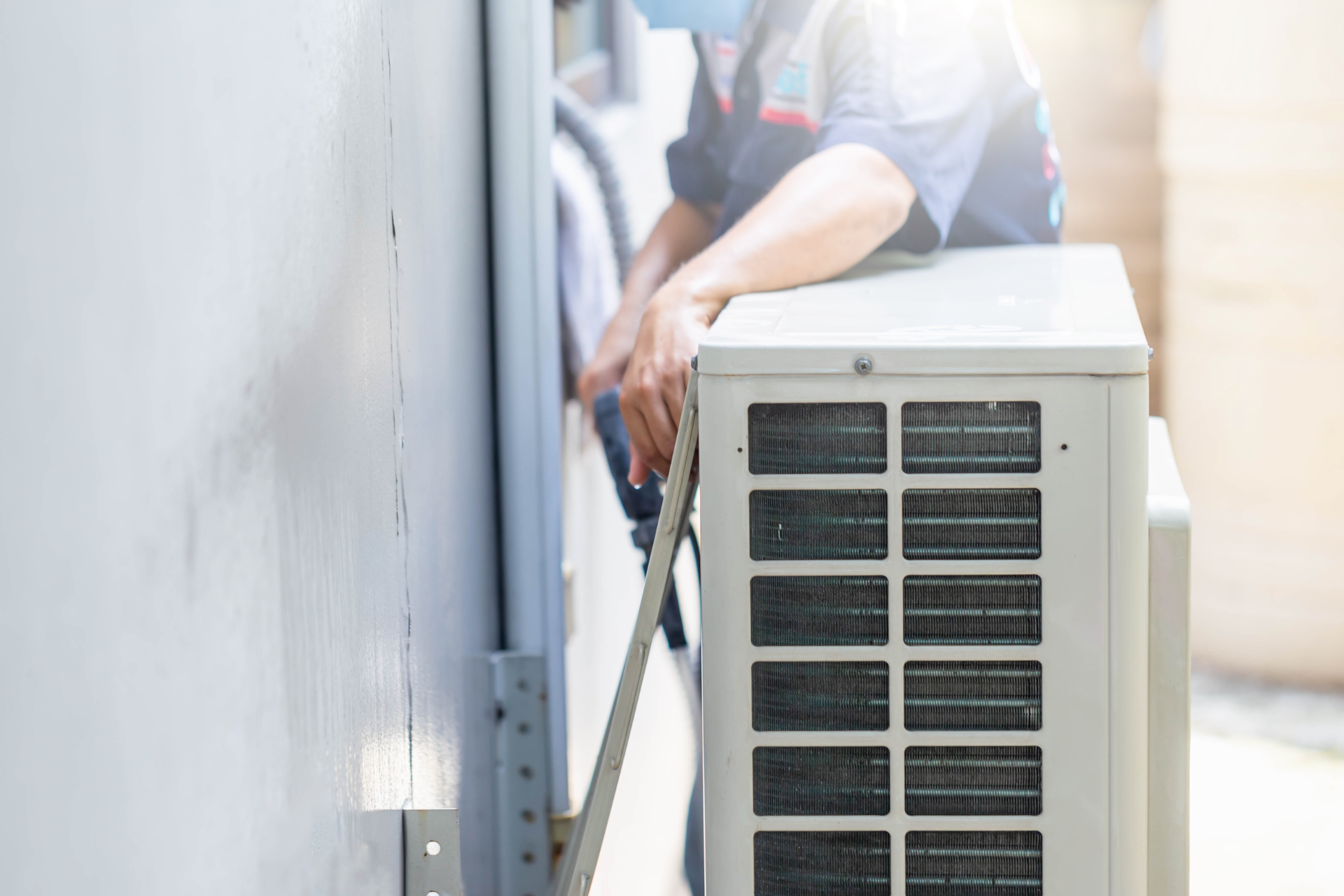
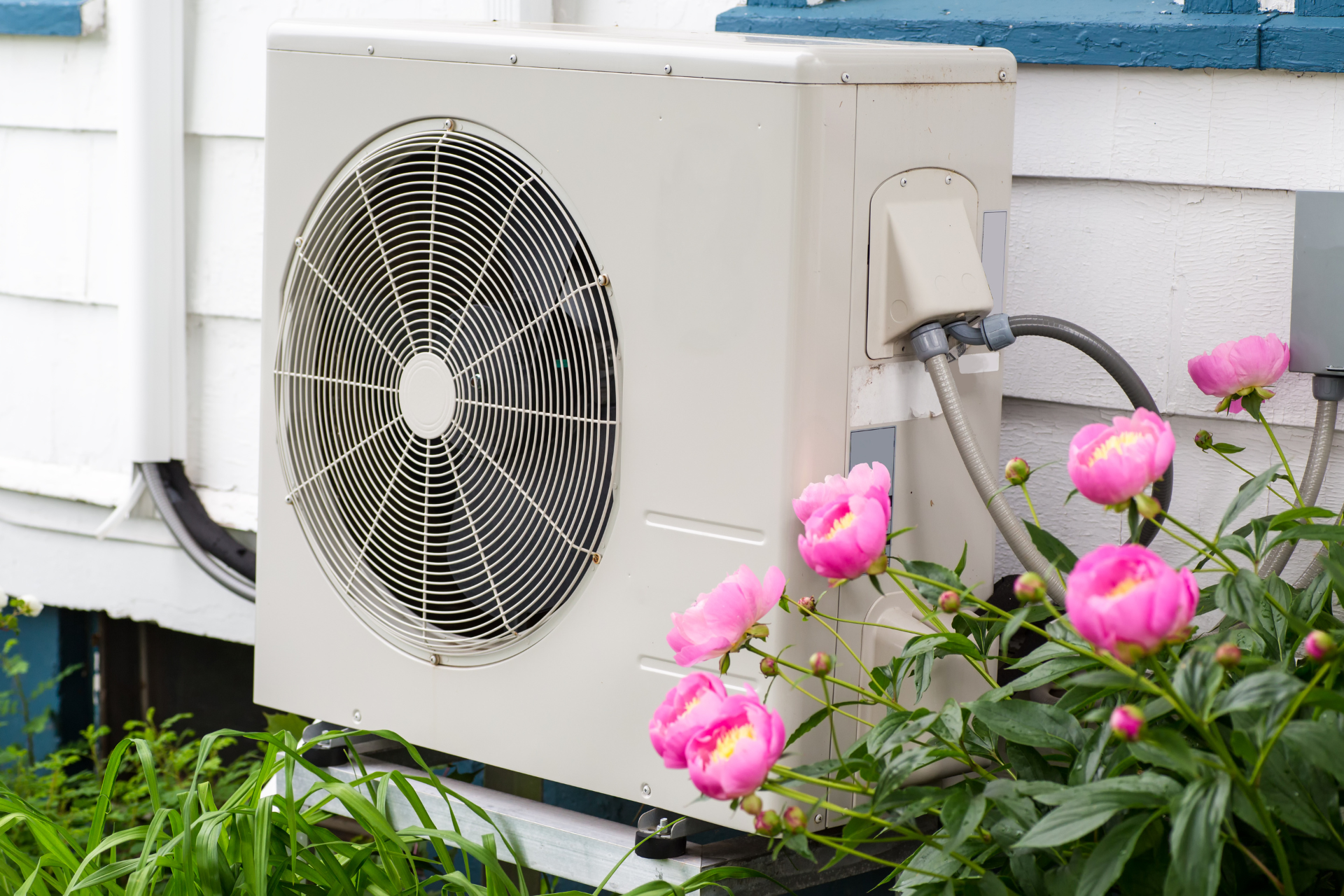
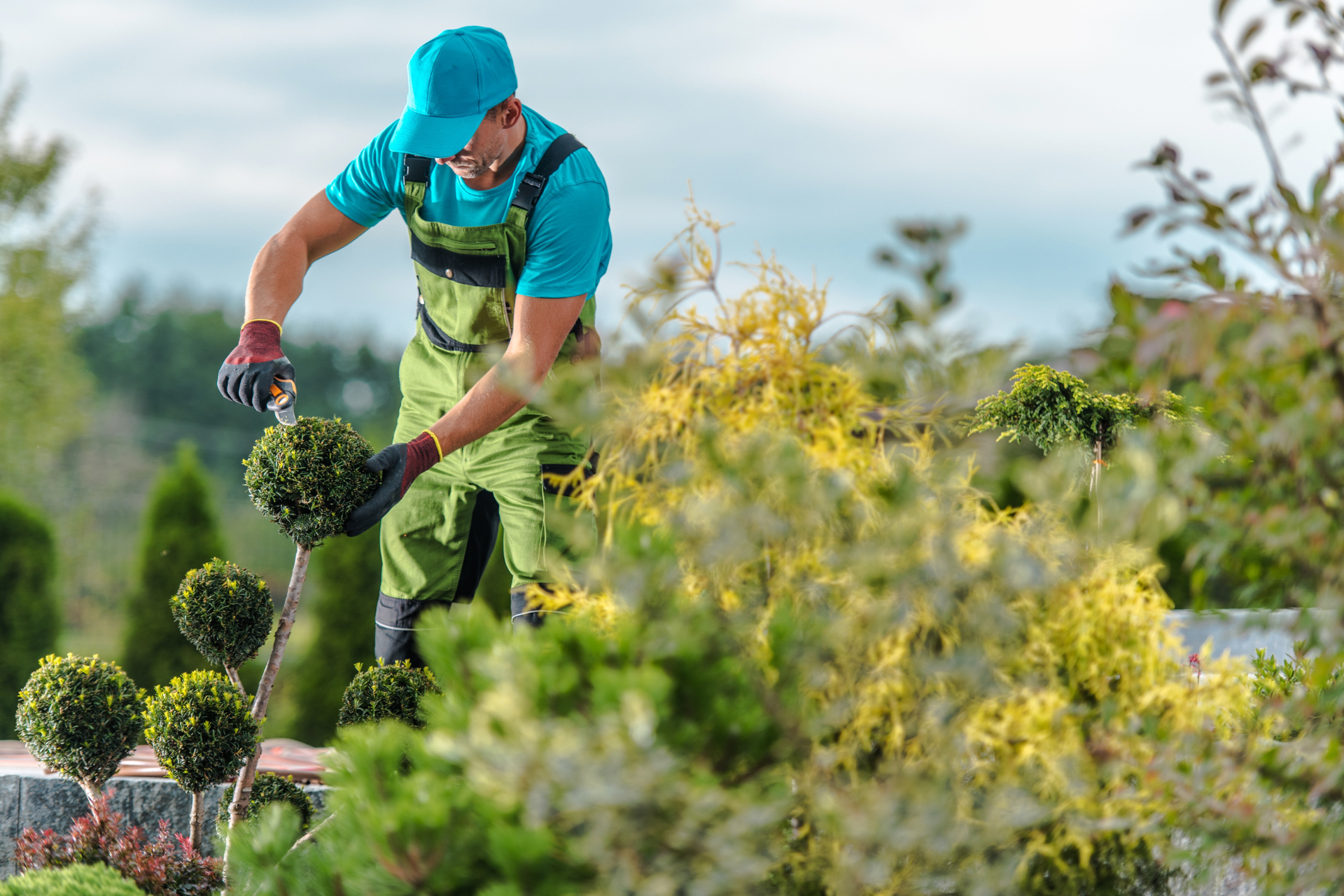
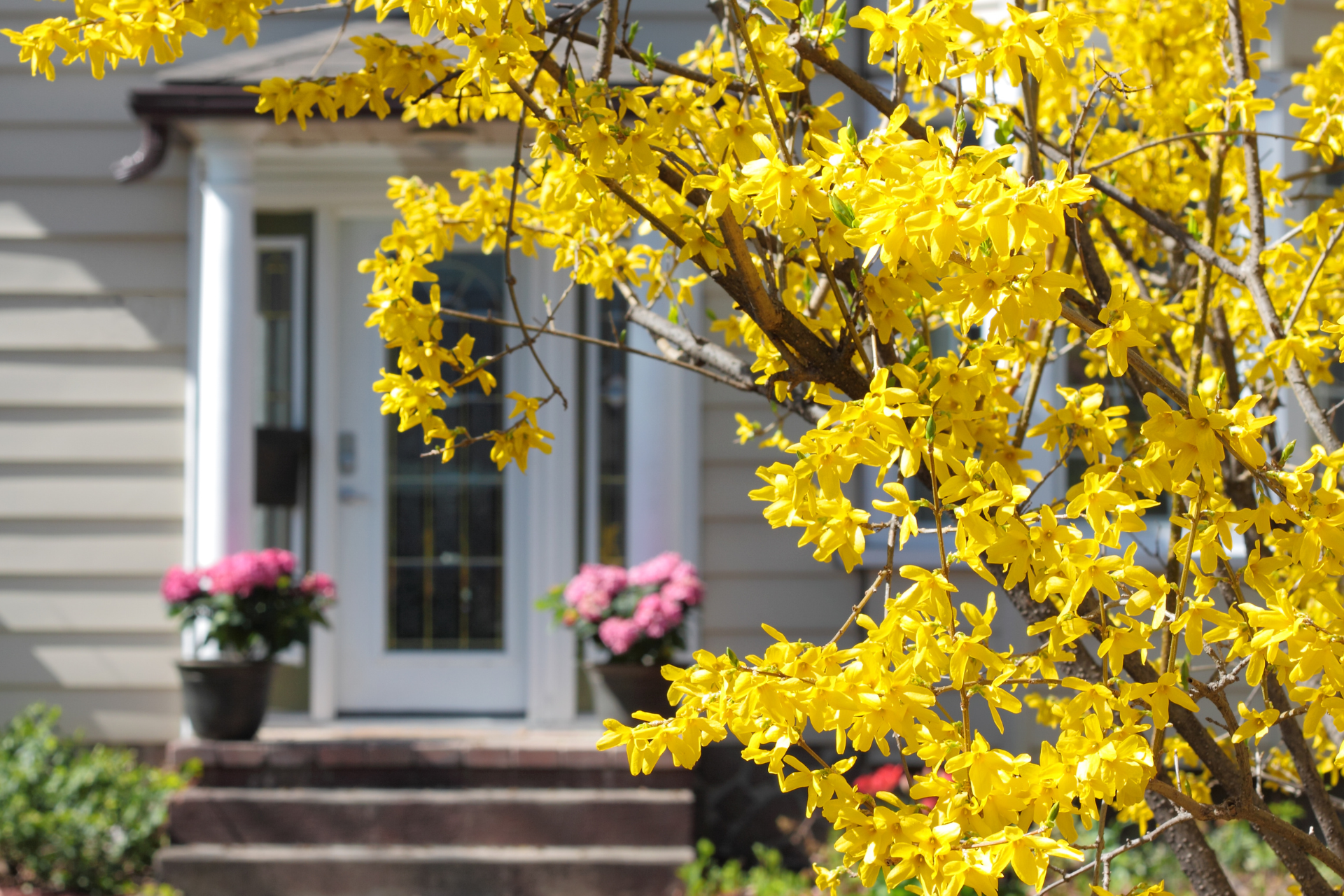
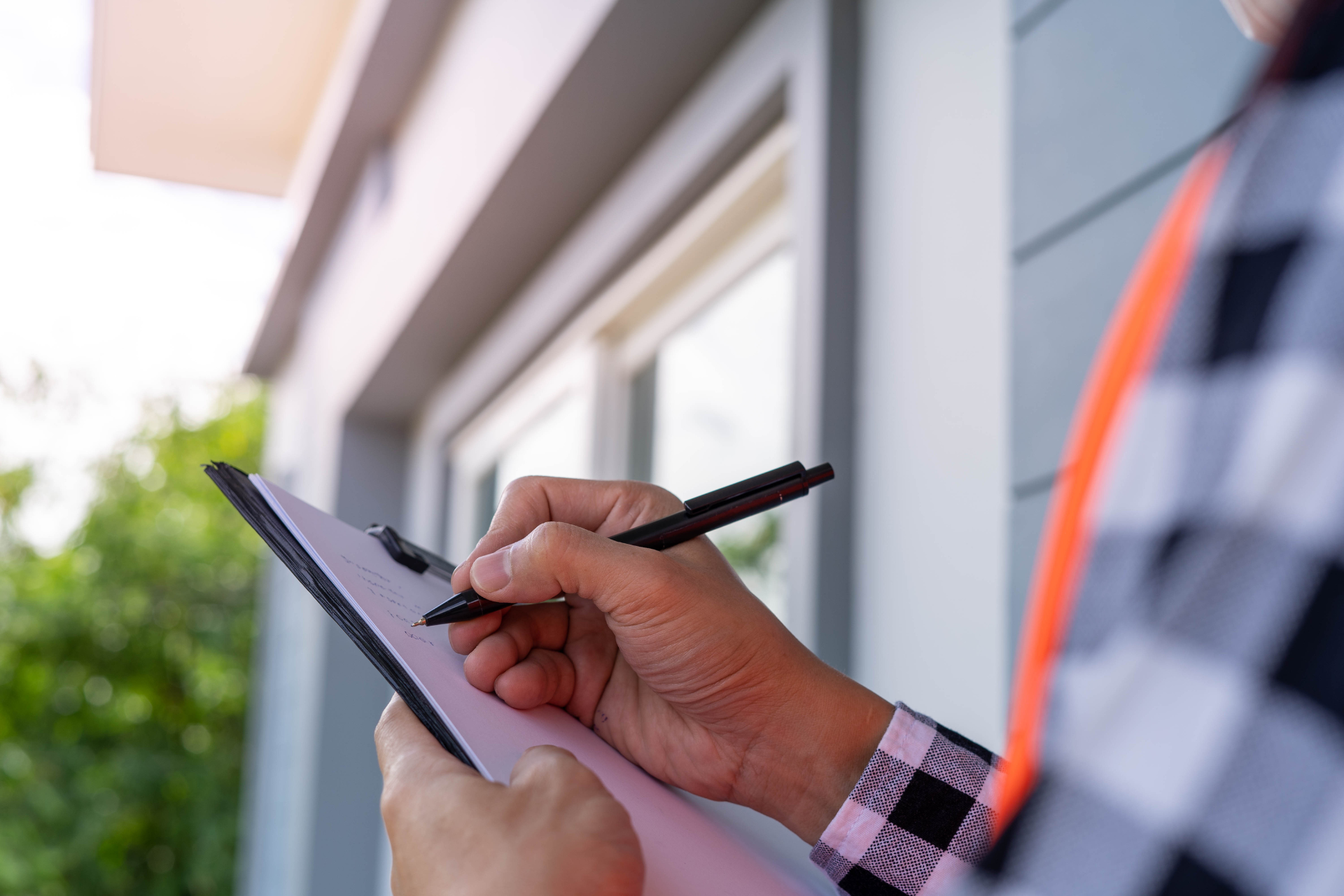
Main Office
5450 S Old State Rd 37
Bloomington, IN 47401
Office Hours:
Monday-Friday
8 am - 5 pm
On-Call Technicians Available 24/7 for Emergency Service
